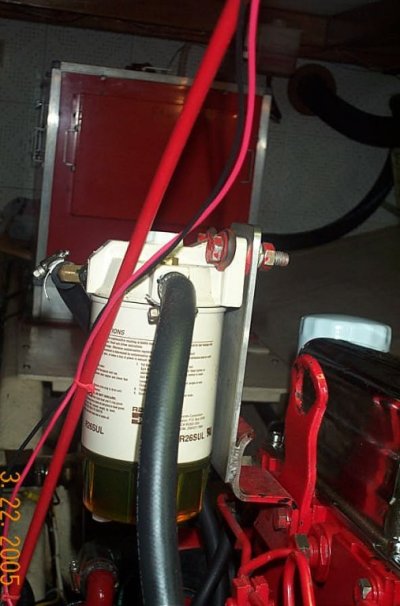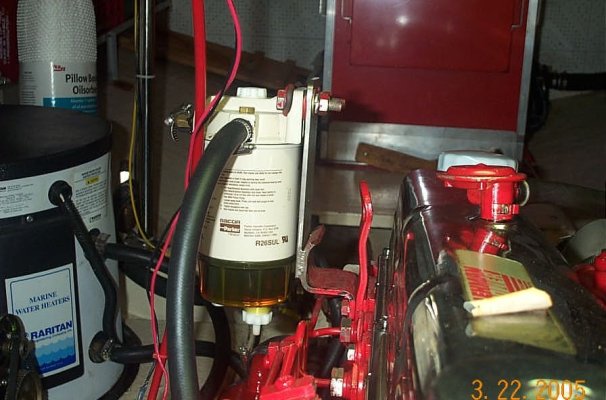Egregious
Guru
I've got nearly 80 hours since the PO last changed all fuel filters.* I did replace the Racor 10 micron primaries which looked like they were ready.* The secondaries are Purolator F50149, and there are two of them situated side by side.* It looks like these should be readily available, however I cannot determine the "size" of the filter, i.e. micron size.* I think these should be 2 micron, but I can't tell by searching the current Purolator model F50149.** Also, why are there two of them?* The motors are Perkins 6.354.4.
So far you guys have set me straight on every question, keep up the good work!
So far you guys have set me straight on every question, keep up the good work!



